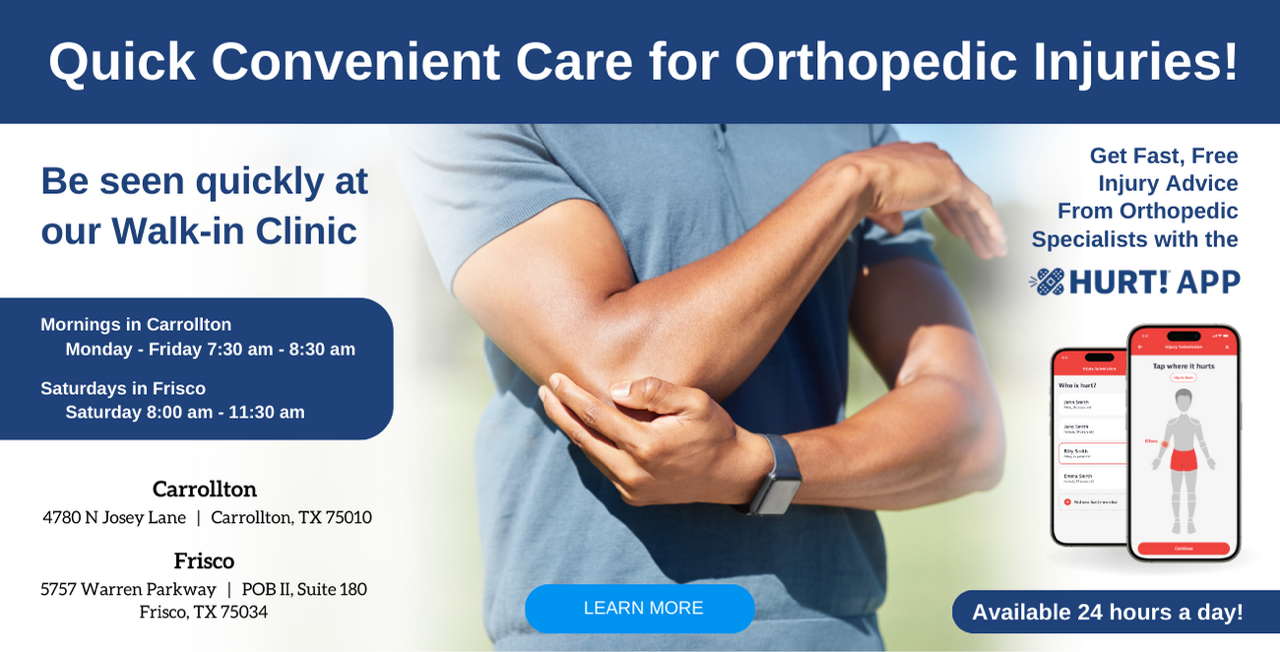Death of a bone due to loss of blood supply is referred to as Osteonecrosis. The condition mostly affects the hip joint although the knees may also get damaged. It is one of the most common causes of knee pain in women above the age of 60 years. The knee joint gets its blood supply from the two main arteries: femoral artery and the popliteal artery.
During Osteonecrosis, the blood supply to the lateral femoral condoyle or the medial femoral condoyle, two main bones of the thigh, may get disrupted. The top of the tibia or the lower leg bone may also be damaged. The bones thrive on uninterrupted blood supply just like the body tissues and they tend to die if it is disrupted. Over a period of time, the bones begin to disintegrate. The other joints that may also be affected are elbow, shoulder and ankle. Knee Osteonecrosis takes a few months or a year to progress to its last stage.
Causes
- Trauma caused to the knee or leg
- Bone density loss due to aging may lead to secondary fractures and eventually
- Necrosis Osteoporosis makes the bones of the joint prone to microtears and fractures
- Edema or fluid accumulation in the joint spaces post-injury
- Conditions such as Sickle cell disease, Caisson disease, Gaucher disease, Pancreatitis, etc.
- Excessive alcohol consumption may increase the risk
- Obesity Surgical procedures for kidney transplant
- Prolonged use of steroids
- Lupus
- Blood clots may block the flow of blood in the arteries
- After-effects of radiation therapy
Symptoms
- Considerable pain, particularly while sleeping or when the joint is stressed post activity
- The onset of the pain may either be sudden or triggered by some causative factors
- The joint may feel tender and sensitive when touched
- Range of motion may be affected
- Inflammation of the joint
- Formation of bone spurs
- Change in shape of the bones or joint
- Altered gait
Diagnosis
- Analysis of the patient’s medical history and symptoms
- Palpation to check for inflammation and locate pain
- Bone scans
- X-ray imaging
- MRI or CT scan may be recommended
Treatment
- Pain killers and anti-inflammatory medicines may be prescribed
- The doctor may suggest to avoid weight-bearing activities
- A removable knee brace may be used for added support
- The doctor may recommend activity modification at home and the workplace
- Physical therapy to maintain and improve joint function and flexibility
- Arthroscopic debridement of the joint
- Total replacement of the joint, in case the disease has progressed to the last stages
- Holes may be drilled into the affected bone to promote blood flow
For comprehensive treatment of Knee Osteonecrosis, visit the physicians at OrthoTexas. To request an appointment, call 972-492-1334 .


